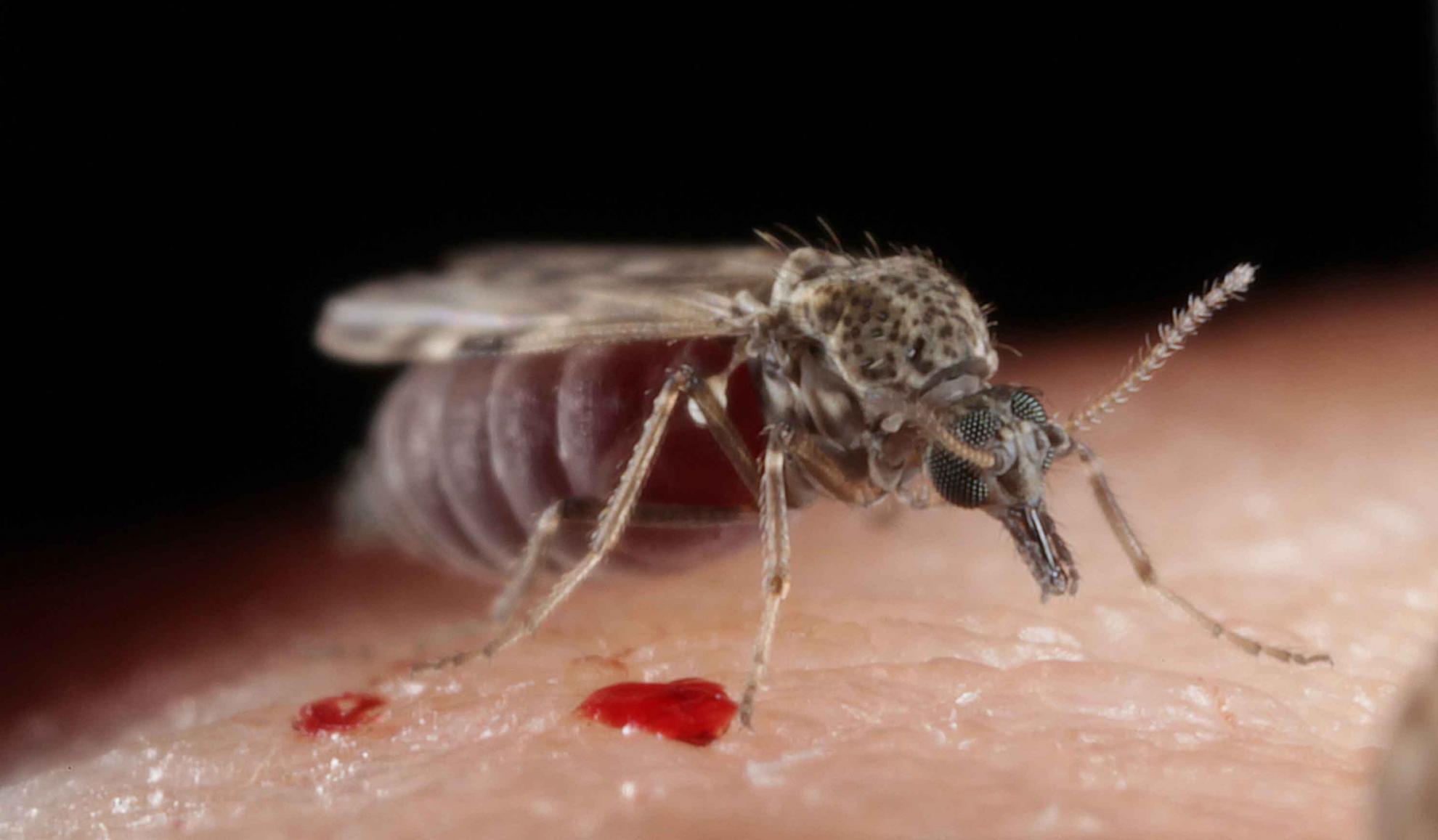Bionomics of temperate and tropical Culicoides midges: Knowledge gaps and consequences for transmission of culicoides-borne viruses
Culicoides midges are abundant hematophagous flies that vector arboviruses of veterinary and medical importance. Dramatic changes in the epidemiology of Culicoides-borne arboviruses have occurred since 1998, including the emergence of exotic viruses in northern temperate regions, increases in global disease incidence, and enhanced virus diversity in tropical zones. Drivers may include changes in climate, land use, trade, and animal husbandry. New Culicoides species and new wild reservoir hosts have been implicated in transmission, highlighting the dynamic nature of pathogen-vector-host interactions. Focusing on potential vector species worldwide and key elements of vectorial capacity, we review the sensitivity of Culicoides life cycles to abiotic and biotic factors. We consider implications for designing control measures and understanding impacts of environmental change in different ecological contexts. Critical geographical, biological, and taxonomic knowledge gaps are prioritized. Recent developments in genomics and mathematical modeling may enhance ecological understanding of these complex arbovirus systems.
